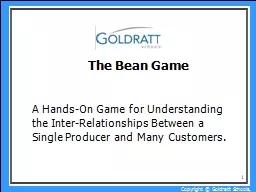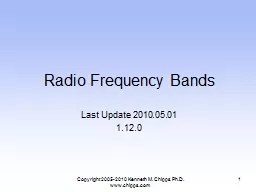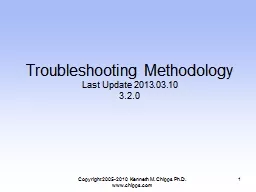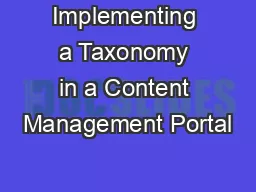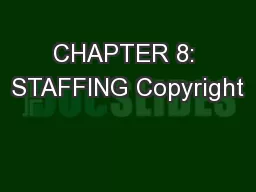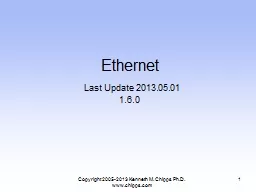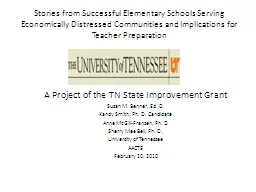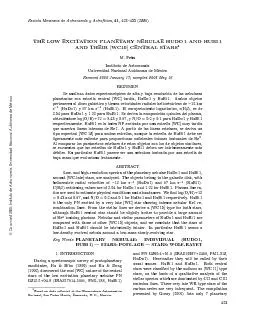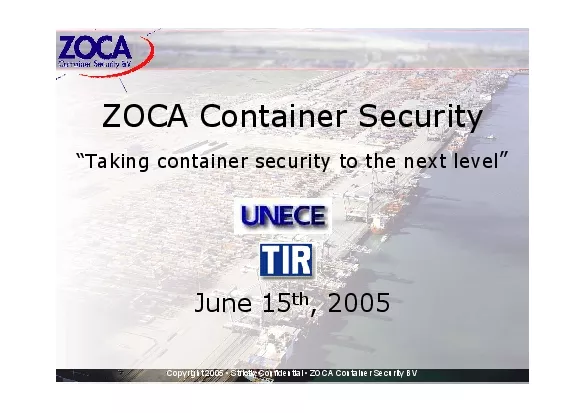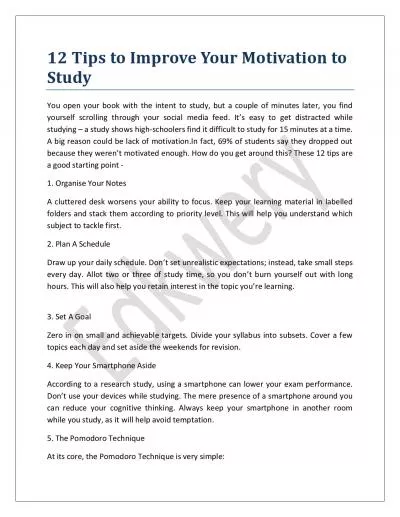PPT-Copyright © Goldratt Schools, 2005
Author : interviewpsych | Published Date : 2020-08-28
1 The Bean Game A HandsOn Game for Understanding the InterRelationships Between a Single Producer and Many Customers Copyright Goldratt Schools 2005 2 Disclaimer
Presentation Embed Code
Download Presentation
Download Presentation The PPT/PDF document "Copyright © Goldratt Schools, 2005" is the property of its rightful owner. Permission is granted to download and print the materials on this website for personal, non-commercial use only, and to display it on your personal computer provided you do not modify the materials and that you retain all copyright notices contained in the materials. By downloading content from our website, you accept the terms of this agreement.
Copyright © Goldratt Schools, 2005: Transcript
1 The Bean Game A HandsOn Game for Understanding the InterRelationships Between a Single Producer and Many Customers Copyright Goldratt Schools 2005 2 Disclaimer Game play important roles in training. Copyright (C) Lawrence Rosen 2005. Licensed under the Open SoftwCopyright (C) Lawrence Rosen 2005. Licensed under the Open Software License version 3.0are License version 3.035 USC 154(a)(1): Every pa Last Update 2010.05.01. 1.12.0. Copyright 2005-2010 Kenneth M. Chipps Ph.D. www.chipps.com. 1. The Electromagnetic Spectrum. Radio waves are part of the electromagnetic spectrum. The electromagnetic spectrum is used to describe radiation or energy that spreads out as it travels. Troubleshooting Methodology. Last Update 2013.03.10. 3.2.0. 1. Objectives. Learn about basic network troubleshooting methods. Copyright 2005-2010 Kenneth M. Chipps Ph.D. www.chipps.com. 2. Copyright 2005-2010 Kenneth M. Chipps Ph.D. www.chipps.com. Copper Media. Last Update 2013.07.06. 1.11.0. 1. Objectives. Learn about the different types of wired copper media. Copyright 2005-2013 Kenneth M. Chipps Ph.D. www.chipps.com. 2. Sending Data. Data can be sent over the media by. Content Week 2005. Miami, Florida. Monday, January 31, 2005. Workshop H. 2:45pm – 4:45 pm. Marjorie M.K. Hlava. Access Innovations, Inc.. 505-998-0800. mhlava@accessinn.com. www.accessinn.com. Introductions. © 2005 South-Western. All rights reserved. . Copyright . © 2005 South-Western. All rights reserved. . 1. –. 2. Staffing. Staffing. Process of recruiting & selecting prospective employees. Has significant impact on organization’s bottom line . Ethernet. . Last Update . 2013.05.01. 1.6.0. 1. Copyright 2005-2013 Kenneth M. Chipps Ph.D. www.chipps.com. 2. What is Ethernet. Ethernet is the most common network access method in use today. It will most likely rule the world from end to end in the next few years in one form or another. A Project of the TN State Improvement Grant. Susan M. Benner, Ed. D.. Kandy Smith, Ph. D. Candidate. Anne McGill-Franzen, Ph. D. Sherry Mee Bell, Ph. D.. University of Tennessee. AACTE. February 20, 2010. Noida, known for its rapid development rate, growing industries, attractive tourism and a place of budding job opportunities is one of the upcoming metro cities in the country. It does not only consists of cloud-touching buildings, but the city is also gaining a lot of popularity among the working class due to various job opportunities available, leading to a high rate of migration. Not every working person has a family, but every family has a working person, who is the bread earner of the household.
In today\'s world, food, clothes and shelter are not the only necessities, education is also one of them. Noida has just the school for you, to give your child proper holistic development. Gone are the days when parents had to spend money like water and make their child go in various coaching classes and tuitions, but now all of that can be found at a single place, in the schools of Noida. Copyright your photos to protect photos from any abuse, while these photos sharing on the internet. But, as a beginner, it might cost you to copyright your photos. Fortunately, we have a solution for that. Watermark your name and logo on photo work as copyright. Shot On Stamp Photos with the ShotOn Watermark Camera app allows you to add stamps and brand logos for free. Jaapvan den HoekCopyright 2005 Strictly Confidential ZOCA Container SecurityBVExecutive Summary-Founded in 2003 by 5 private investors-Independent company no links to government or industry -Based i Edkwery.com is amongst the best Private Schools in UAE. We are Provides best Indian Schools, School Teacher Jobs & Best American Schools in Dubai. The biggest motivation is by having the determination to go against the odds. Studying is hard work, but these motivation techniques will help you rise to the challenge.
Download Document
Here is the link to download the presentation.
"Copyright © Goldratt Schools, 2005"The content belongs to its owner. You may download and print it for personal use, without modification, and keep all copyright notices. By downloading, you agree to these terms.
Related Documents

